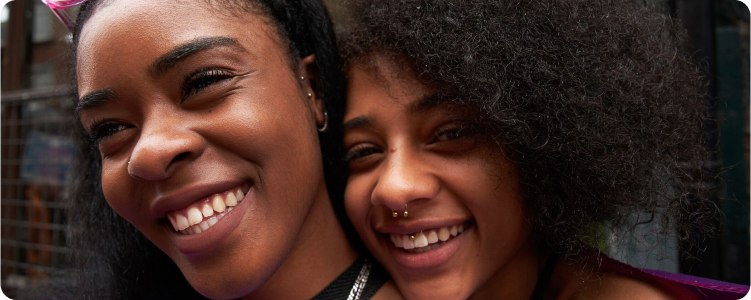Microsoft Advertising insights
Filter By

Cracking the code on today’s consumer behavior
Decoding the Modern Consumer: Solving the Digital Advertising Puzzle When Everything is Shoppable.

A marketer's guide to chatbots and agents: from generative AI to ROI
Generative AI is moving from promise to practice, reshaping how marketers connect with audiences. Now is the time to get on board.

Holiday advertising with Microsoft
Your ultimate guide to a successful holiday campaign. Find the latest insights, tips, and product recommendations to make the most of the holiday season.

Holiday Insights
Links to download a comprehensive one-page checklist to make sure you’ve activated the key products and features to attract holiday shoppers this season.

Maximize your 2024 holiday campaigns with our top-of-the-line marketing playbook
The 2024 holiday season marketing playbook by Microsoft Advertising offers key insights to enhance digital presence during the holiday season.

Maximize your impact this back-to-school season
Unlock the potential of the back-to-school market with our insights deck. Discover how to engage three key shopper profiles and leverage Audience Ads for a significant boost in website visits and conversions. Embrace the shift to online shopping and tailor your strategies for success in the U.S. and beyond.
Your input makes us better
Take our quick 3-minute survey and help us transform your website experience.
